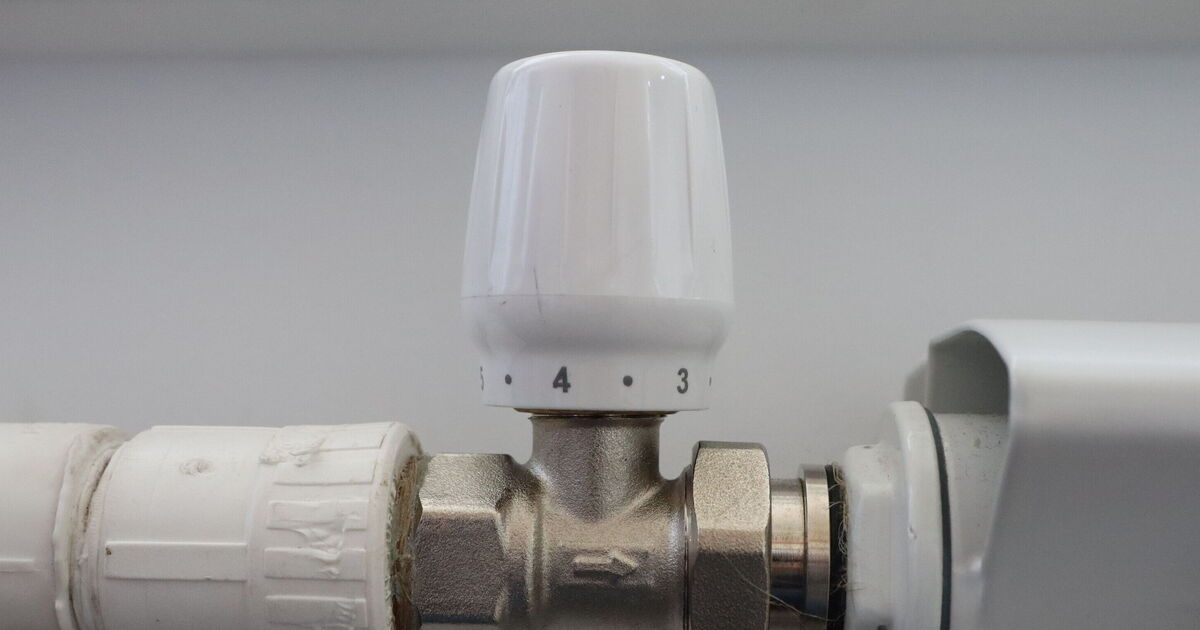
Do you just pick a number on your thermostatic radiator valve and hope for the best? This heating mistake could be costing you a lot of money, especially if you don’t know what the numbers mean.
Ice and snow has been battering parts of the UK in the recent week, and although temperatures are expected to be milder, you might be using your radiators a lot more than usual. You might even be turning the number on the dial up higher, in the hope of making it warmer in your home.
But this mistake could actually be costing you a lot of money. Jasmine Guerney, who often shares DIY videos, home hacks and tips on TikTok, recently shared a guide of how to use the radiator thermostat correctly to “save you money on your energy bills”.
In the video, she explained that having the valve on the wrong setting could be “costing you money and may not be heating your room effectively”. According to Jasmine, thermostats actually control the temperature in your room “better than a main boiler thermostat”.
Explaining how they work, Jasmine said: “Each number represents the room temperature of which it will start letting in hot water to warm up the room.” Then she went on to explain what the number actually means.
The number 0 means it’s completely off, which means the “radiator isn’t working” and there’s “no water flowing through”. If you set it to the star setting, it means if the room is colder than 7 degrees Celcius, the water “will turn on and start flowing”.
The number 1 represents 10 degrees, 2 is 15 degrees, 3 is 20 degrees, 4 is 25 degrees, 5 is 30 degrees, and 6 is higher than 35 degrees. So that means if you’re setting it to a higher number, you’re telling the thermostat not to start letting in water until it reaches a very high temperature, which “isn’t very energy efficient”.
Instead, Jasmine says you should “wait” and let the thermostatic valve “do its” job. And to heat the room properly shouldn’t “take more than two to three hours”. She added: “Turning them down will save you money and make your home more energy efficient”.
For rooms you don’t use very often, Jasmine recommends using the 1 setting. And if you go away on holiday, you can turn it to the ‘frost’ or ‘star’ setting to save money.
Many people had no idea this was how thermostats worked. One said: “Why was I never told this !! I’ve always kept mine on 3 but Thank you.” Another simply said: “Thanks for this. I had no idea.” And a third said: “Gas man here, well done, explained it well, be surprised how many people have no idea how they work.”


















